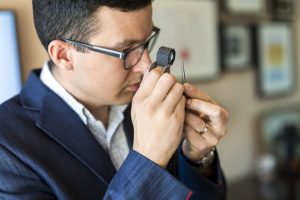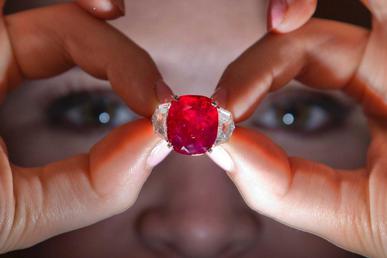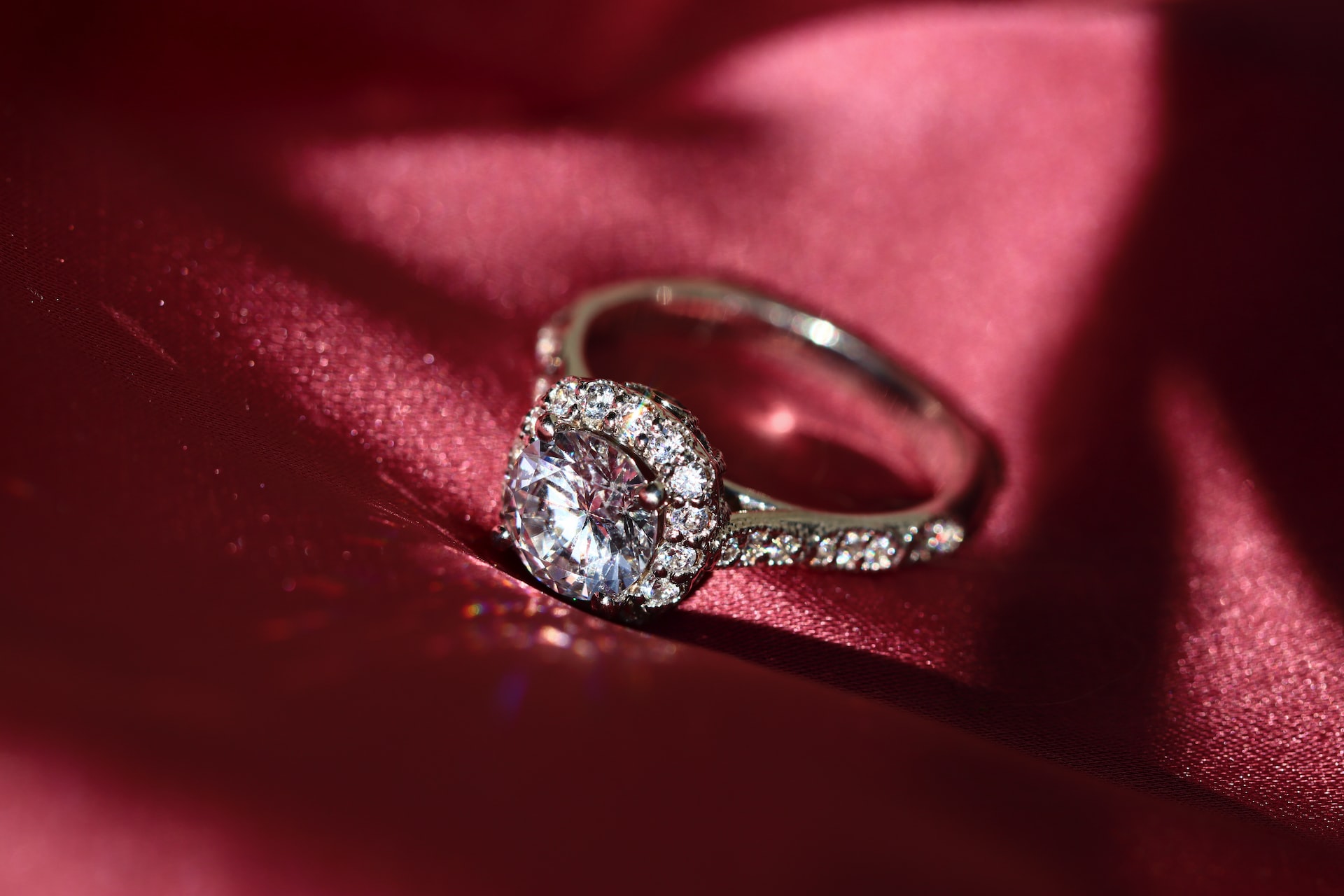Natural diamonds, formed deep within the Earth’s crust over millions of years, are some of the most coveted gemstones in the world. Their beauty, durability, and rarity make them highly desirable. However, distinguishing natural diamonds from synthetic or treated diamonds can be challenging for the untrained eye. In this article, we will provide you with a comprehensive guide on how to identify natural diamonds.
How to Identify Natural Diamonds ?
 Certified Diamonds
Certified Diamonds
When purchasing a diamond, always insist on buying a certified stone from a reputable gemological laboratory such as the Gemological Institute of America (GIA) or the International Gemological Institute (IGI). These labs provide a detailed grading report that includes information about the diamond’s authenticity and characteristics.
Observation
Careful observation can reveal certain traits that are typical of natural diamonds. Examine the stone under good lighting conditions and consider the following aspects:
a. Brilliance and Fire: Natural diamonds exhibit a remarkable sparkle and brilliance due to their exceptional refractive properties. Look for a play of light within the stone, creating flashes of color, also known as “fire.”
b. Inclusions: Natural diamonds often have unique internal characteristics called inclusions. These are tiny imperfections, such as minerals or fractures, formed during their growth process. Synthetic diamonds, on the other hand, are usually more flawless. Use a magnifying loupe to inspect the stone for such inclusions.
Diamond Tester
Investing in a diamond tester can be helpful in distinguishing natural diamonds from imitations. Diamond testers are portable devices that detect thermal conductivity variations between diamonds and other materials. Although they are not foolproof, they can provide an initial indication of whether a diamond is likely natural or not.
UV Light: Natural diamonds may exhibit a blue fluorescence under ultraviolet (UV) light, particularly when exposed to short-wave UV light. This fluorescence is caused by the presence of trace elements such as boron in the diamond’s composition. However, it’s important to note that not all natural diamonds fluoresce, and the absence of fluorescence doesn’t necessarily indicate a synthetic stone.
Carat Weight and Size: While carat weight alone cannot confirm a diamond’s authenticity, it can provide some insights. Natural diamonds are formed under intense pressure and take millions of years to grow, resulting in a limited size range. If you come across a diamond that appears unusually large, it may be a clue that it could be synthetic or a diamond simulant.
Professional Evaluation: When in doubt, seek the expertise of a professional gemologist or jeweler who can evaluate the diamond using advanced equipment. They will conduct a thorough examination and provide a definitive assessment regarding the diamond’s authenticity.
Facts About Diamond Testers
Diamond testing machines, also known as diamond testers or diamond detectors, are devices used to determine whether a gemstone is a real diamond or a simulated diamond (such as cubic zirconia or moissanite). These machines work based on the principle that diamonds have unique thermal and electrical conductivity properties that distinguish them from other gemstones.
There are several types of diamond testing machines available in the market, each utilizing different technologies to detect the authenticity of diamonds. Here are some commonly used diamond testing methods and machines:
- Thermal Conductivity Testers: These testers are based on the fact that diamonds have high thermal conductivity compared to other gemstones. The most popular type of thermal conductivity tester is the diamond tester with a metal tip. The device heats up the tip and touches it to the gemstone’s surface. If the stone is a diamond, it will disperse heat quickly, causing the tester to indicate a positive result. Simulated diamonds, on the other hand, will not conduct heat as effectively, resulting in a negative reading.
- Electrical Conductivity Testers: These testers measure the electrical conductivity of a gemstone to differentiate between diamonds and simulants. Diamonds are poor electrical conductors, while simulants tend to conduct electricity more readily. Electrical conductivity testers use a probe that is placed in contact with the gemstone, and the device measures the electrical resistance. If the gemstone exhibits high resistance, it is likely a diamond, whereas lower resistance suggests a simulant.
- Dual Testers: Dual testers combine both thermal conductivity and electrical conductivity testing methods in a single device. These testers provide a more comprehensive analysis of the gemstone and offer additional features such as LED indicators, sound alerts, and LCD displays to indicate the results.
It’s important to note that diamond testing machines are not foolproof and may have limitations. They are primarily designed to distinguish between diamonds and simulants based on their electrical and thermal properties. However, certain diamond alternatives like moissanite can sometimes display similar conductivity characteristics to diamonds, leading to potential false positives or negatives. Therefore, professional gemological testing by a certified gemologist is recommended for accurate identification in valuable or uncertain cases.
When using a diamond testing machine, always follow the manufacturer’s instructions, ensure the device is calibrated properly, and take into account any specific guidelines provided for different gemstone types.
It’s worth mentioning that advancements in technology may result in new types of diamond testing machines or improvements to existing ones. Therefore, it’s advisable to consult with reputable jewelers or gemological laboratories to inquire about the latest and most reliable diamond testing devices available on the market.
Conclusion:
Identifying natural diamonds requires a combination of knowledge, observation, and sometimes professional assistance. By considering factors such as certification, careful observation of characteristics, using diamond testers and UV light, and consulting experts, you can increase your chances of determining whether a diamond is natural or synthetic. Remember, purchasing diamonds from reputable sources and ensuring they come with proper certification remains the best way to guarantee the authenticity of your diamond.
Learn More – Are diamonds the hardest substance in the world? Here’s what you need to know in 2023














One Comment